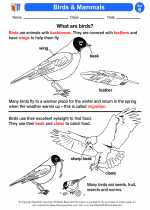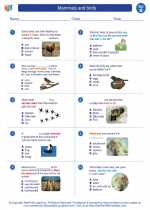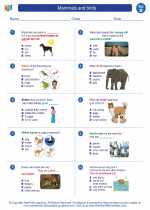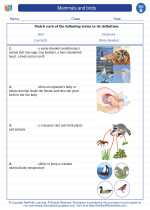Earth's Systems
Earth's systems refer to the interactions and processes that occur within the Earth, including the geosphere, hydrosphere, atmosphere, and biosphere.
Geosphere
The geosphere includes the solid Earth, encompassing the rocks, minerals, and landforms. It consists of the crust, mantle, and core. Processes such as plate tectonics, erosion, and volcanic activity occur within the geosphere.
Hydrosphere
The hydrosphere comprises all the water on Earth, including oceans, lakes, rivers, and groundwater. The water cycle, ocean currents, and the properties of water are important aspects of the hydrosphere.
Atmosphere
The atmosphere is the layer of gases surrounding the Earth. It plays a crucial role in sustaining life and moderating the planet's temperature. Weather patterns, climate, and the composition of the atmosphere are key components of this system.
Biosphere
The biosphere encompasses all living organisms on Earth and their interactions with the other systems. It includes diverse ecosystems, food webs, and the impact of human activities on the environment.
Interactions
These systems are interconnected and influence each other. For example, the hydrosphere influences the geosphere through erosion, while the geosphere influences the atmosphere through volcanic eruptions. Understanding these interactions is vital for comprehending Earth's complex processes.
Study Guide
- What are the four main Earth's systems?
- Describe the geosphere and provide an example of a geospheric process.
- Explain the significance of the hydrosphere and how it interacts with other Earth systems.
- How does the atmosphere support life on Earth?
- Discuss the impact of human activities on the biosphere.
- Give an example of interactions between Earth's systems.
[Earth's Systems] Related Worksheets and Study Guides:
.◂Science Worksheets and Study Guides Second Grade. Mammals and birds

 Activity Lesson
Activity Lesson
 Worksheet/Answer key
Worksheet/Answer key
 Worksheet/Answer key
Worksheet/Answer key
 Worksheet/Answer key
Worksheet/Answer key
 Worksheet/Answer key
Worksheet/Answer key
 Vocabulary/Answer key
Vocabulary/Answer key
